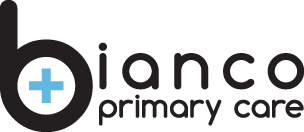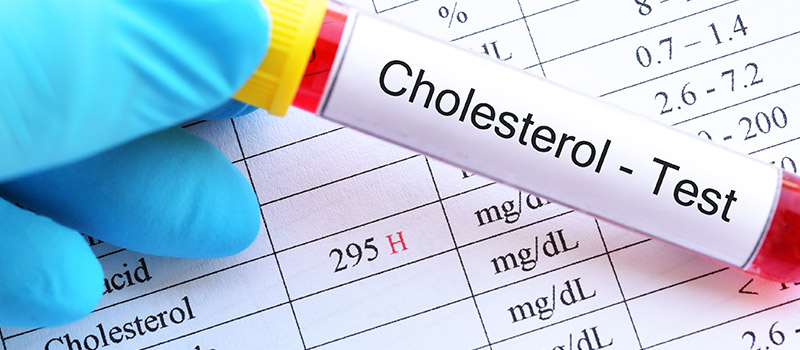Having your cholesterol checked is part of the standard annual labs that we all get every year. It gives important insight into your health. But what does it really mean? What should my numbers be? Do I need to take cholesterol medicine? I want to take a few minutes to talk about this lab test and dispel a few misconceptions about how to interpret it and what “good numbers” look like.
Total Cholesterol, HDL, LDL and Triglycerides
To start, let’s talk about the main markers used in a standard “lipid panel”. Lipids are the fats or fatty substances in your blood. Lipids are measured and categorized as Total Cholesterol, HDL, LDL, and Triglycerides. As the name implies, your Total Cholesterol is the combination of all your cholesterol both good and bad (HDL + LDL + 20% of Triglycerides). HDL is your “good” cholesterol (think H for Healthy) and helps to clean your arteries. LDL is your “bad” cholesterol (think L for Lousy) and is the primary lipid implicated in vascular disease (heart attacks and stroke). Triglycerides are a measure of free fatty acids and are not as directly correlated to vascular disease but are affected by the amount of fried foods, processed foods, and alcohol we take into our bodies.
Undertsanding the Numbers
When you get your lab report in front of you, there are normal reference ranges listed, which vary slightly from lab to lab, but generally indicate the Total Cholesterol should be less than 200, HDL to be more than 40, LDL to be less than 130 (some labs list as low as 100) and Triglycerides less than 150.
The clinical application of the results, however, is not as simple as just looking at lab reference ranges. One simple example is to say that your LDL is nice and low at 115 but your HDL is super high (a good thing) at 85. Once you add in the 20% of Triglycerides you will easily be over 200, but only because your good cholesterol is so high. In this case, a Total Cholesterol of over 200 is not a bad thing at all.
This becomes even more nuanced when discussing your LDL or bad cholesterol. As long as your LDL is less than 190 (as the vast majority of us) then we have to look at your potential other risk factors for heart attack and stroke to guide whether you need medicine to lower your numbers.
Most of the other risk factors we control, at least to some extent, and include smoking, high blood pressure, and diabetes. The one risk factor we cannot control is age. The extent of your risk factors determines how aggressive we need to be in lowering your LDL or in deciding to leave it alone. As we do here at Bianco Primary Care, your doctor may run a few advanced labs to assess cardiovascular disease risk.
This basic understanding of the numbers of a lipid panel will let you know how much and what kinds of fat you have in your blood. The good news is getting and keeping these numbers in the healthy range is often a matter of diet and exercise. But can also be controlled through a variety of low-cost medications.


